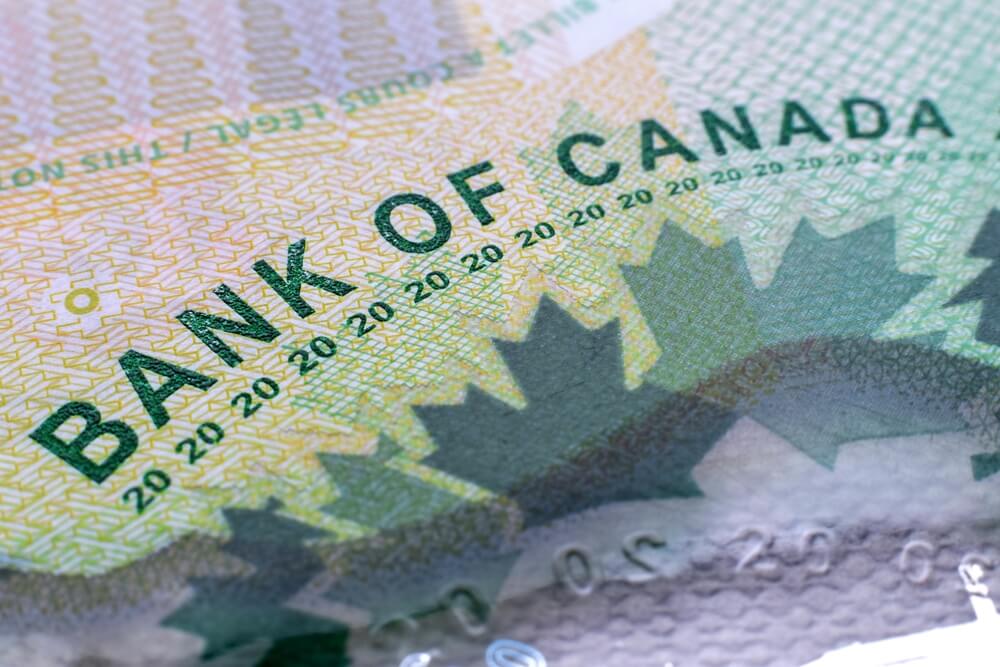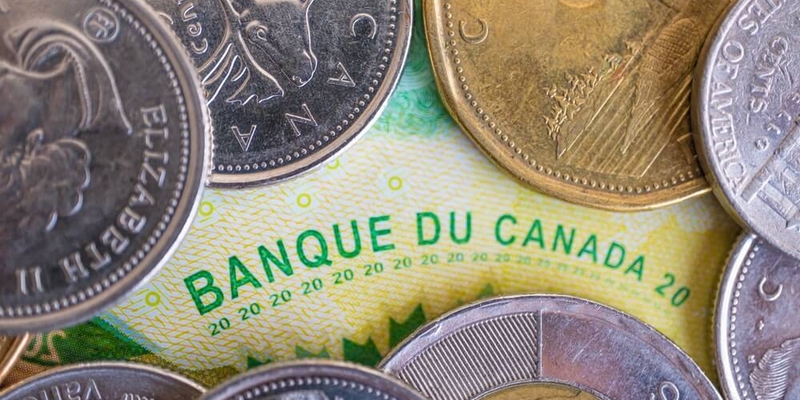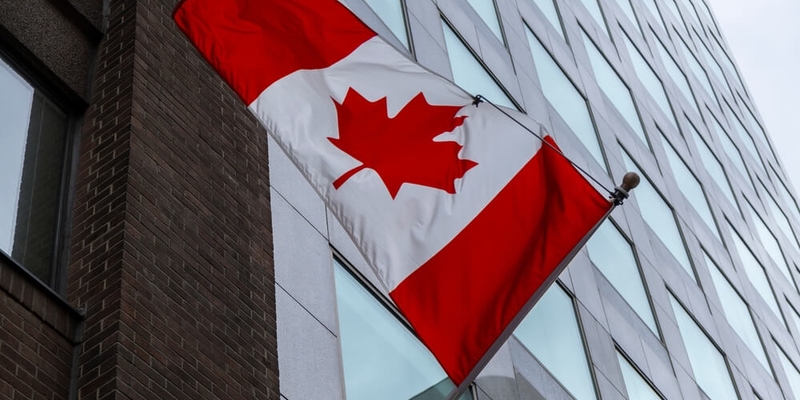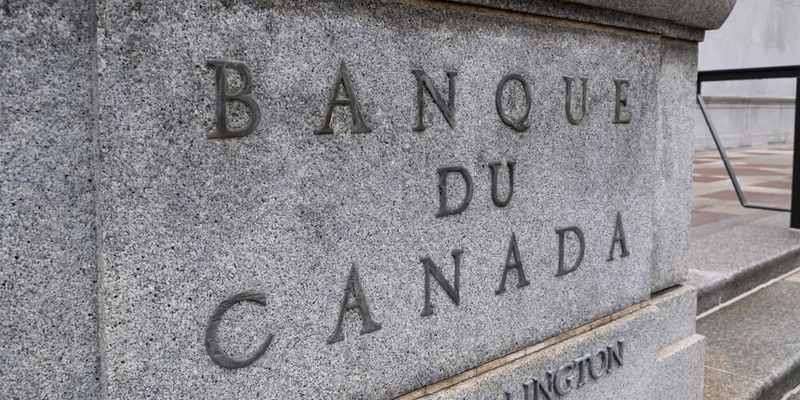
If you are not redirected within 30 seconds, please click here to continue.
Samedi: 10h – 16h HAE

If you are not redirected within 30 seconds, please click here to continue.
If you are not redirected within 30 seconds, please click here to continue.
Understanding Province Equalization Payments
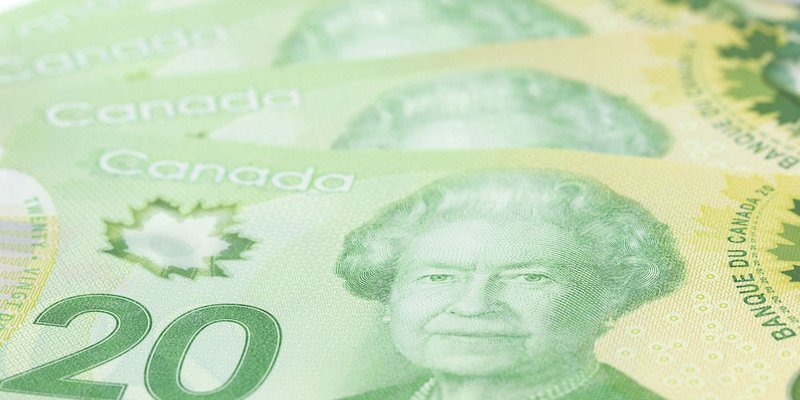
Every grade schooler knows that Canada is a country made up of 10 provinces and three territories. But while they all fall under the same national umbrella, the imbalances in economic – and political – power are significant.
The Canadian provinces are a mix of the haves and the have-nots. Here's how Canada's far flung regions come together to form our nation's economic picture.
Paying each province
The federal government collects revenue from the provinces, and redistributes that money under what’s known as the Equalization Program. The idea behind it, as spelled out in the 1982 Canadian Constitution is, “to ensure that provincial governments have sufficient revenues to provide reasonably comparable levels of public services at reasonably comparable levels of taxation.”
A formula is used to calculate each province’s per capita tax revenue, then compare it to an average of all 10 provinces’ per capita revenue. Province’s that fall below the average, receive equalization payments. The provinces are free to spend that money however they want.
Ontario's changing status
Historically, Quebec and Ontario, in addition to being home to the bulk of the country’s population, have been the economic – and, therefore, political – powerhouses of Canada.
Until fairly recently, Ontario had been considered a “have” province, and was the only one that had not received any equalization payments. But that changed in 2009-2010 when Ontario received a payment of $347 million. For 2013-2014, that figure jumps to $3.17 billion.
Quebec remains an economic force
Once upon a time, Montreal was at the centre of the world, hosting a successful International Exposition (Expo ’67) and the Summer Olympics in 1976. But with the rising threat of separatism in the 1970s, many of the province’s biggest businesses, most notably, Sun Life Financial, left the province, heading west along Hwy. 401 to Toronto, with a few hundred thousand English-speaking Quebecers following along.
The city has rebounded somewhat since then, and is still the second-largest economic hub in the country. The province is also home to a thriving aerospace industry, along with large IT and pharmaceutical businesses, though natural resources are still the backbone of the economy.
But Quebec’s sheer size – it’s the largest province in the country by landmass, at 1.5 million-sq. km. – and a population of 8 million, make it expensive to provide services and infrastructure for its residents. A provincial per capita GDP of $43,349 is one of the lowest in the country, significantly below the national average of $51,109. In 2013-2014, Quebec will receive a whopping $7.8 billion in equalization payments.
Go west for wealth
Resource-rich Alberta has had a booming economy for decades, with the highest per capita GDP in the country at $78,154, thanks to a thriving oil industry. The province also boasts a unique Heritage Fund with $16.6 billion invested as a nest egg.
Frustrated by the centralization of power in central Canada, Alberta gave birth to the west-focused Reform Party. While the Reform Party is no longer around, many key members currently hold prominent positions in federal government, including Prime Minister Stephen Harper. By contrast, Manitoba is the only western province that will receive equalization payments ($1.8 billion) in 2013-2014.
East coast challenges
Maritime Canada has traditionally been an economically weak part of the country.
With a small, scattered population and few large industries outside of natural resource extraction, for decades residents have chosen to migrate west looking for work, originally to Ontario and Quebec, more recently to seek employment in the Alberta oil fields.
PEI ($340 million), Nova Scotia ($1.5 billion), and New Brunswick ($1.5 billion) will all receive equalization payments in 2013-2014. Newfoundland and Labrador (technically not considered a “Maritime” province as it only joined Canada in 1949), was originally a have-not province, receiving payments since the launch of the Equalization Program.
But big investments in natural gas extraction have paid off for the 500,000 residents, with a provincial GDP of $65,556.
Get money-saving tips in your inbox.
Stay on top of personal finance tips from our money experts!




